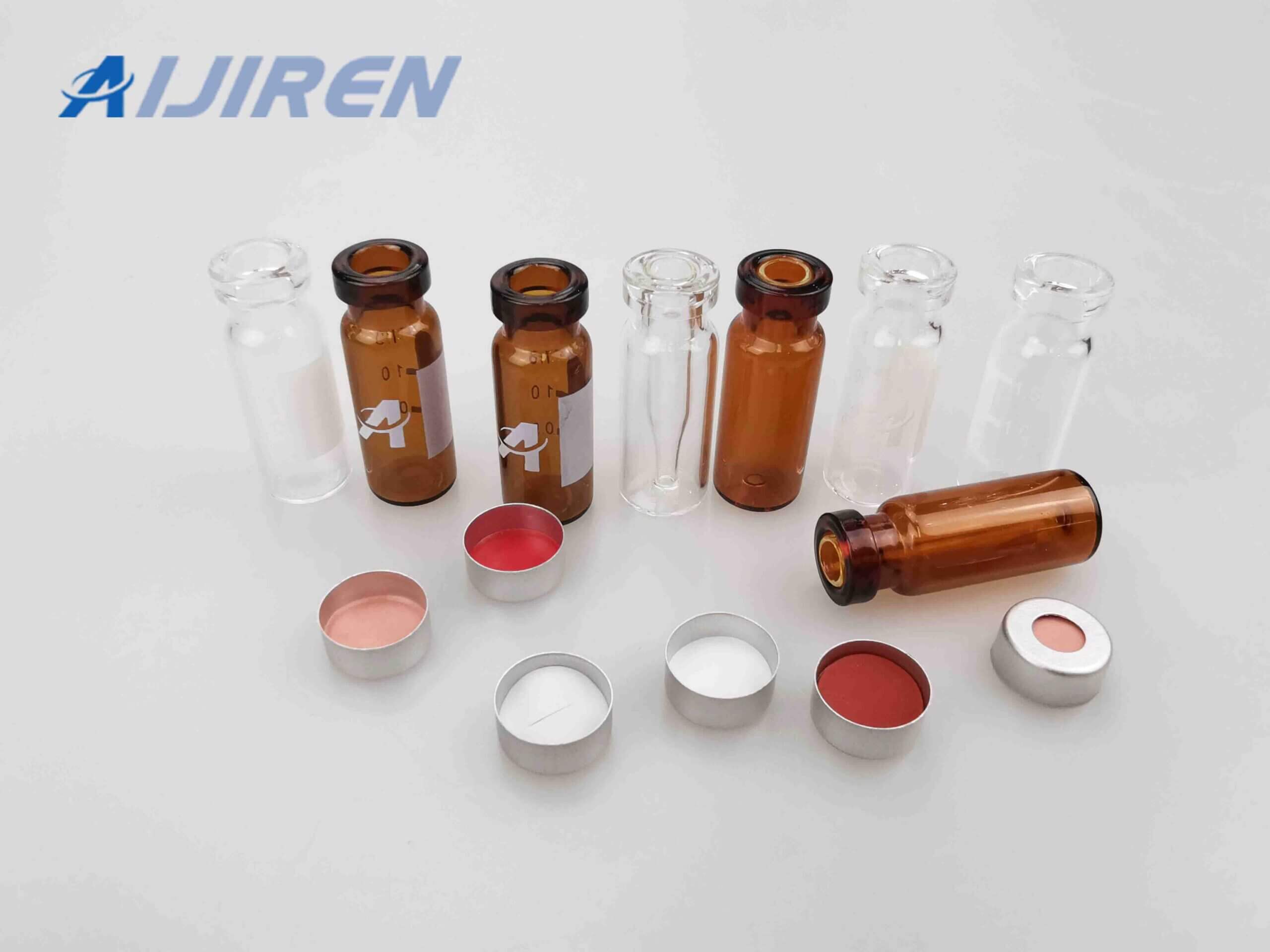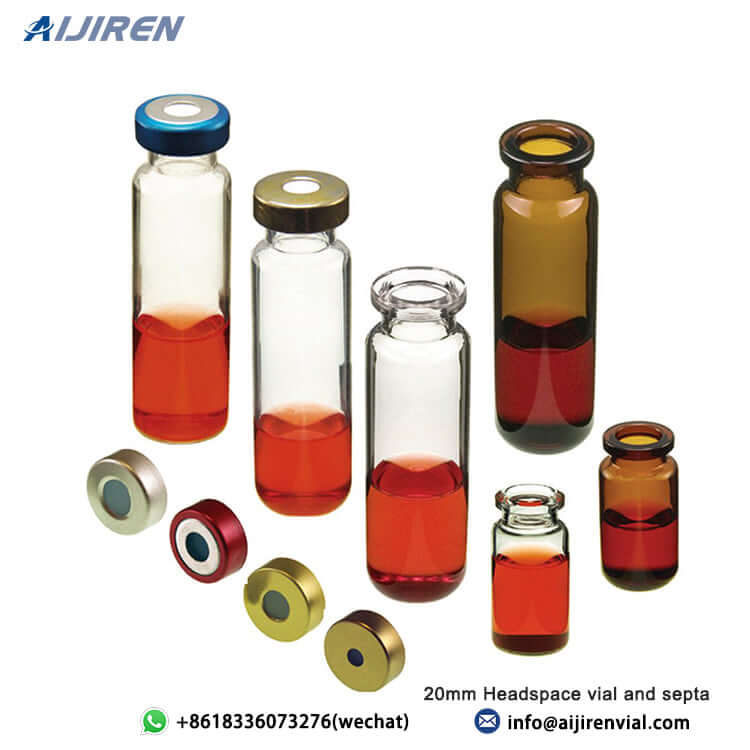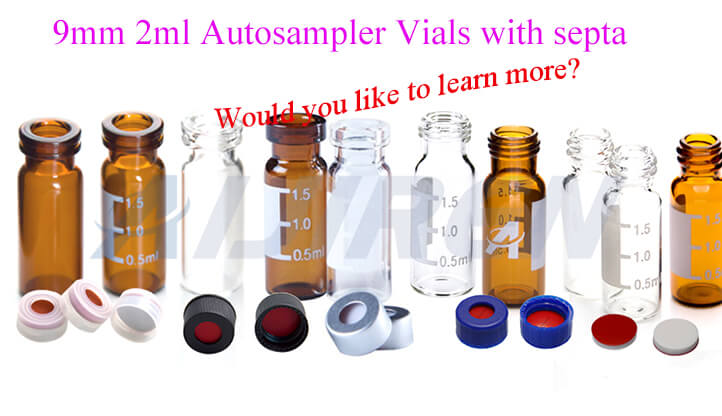The Causes and Solutions of Peak Tailing in HPLC
For chromatography, there is no sight more beautiful to behold than perfectly symmetrical peak shapes! But how do we even measure peak shape symmetry? And do perfect peaks really exist? Certainly not when you have peak tailing problems! Read on to find out more about perfectly symmetrical chromatography peaks and five ways to achieve them by avoiding peak tailing.
Causes of peak tailing in HPLC chromatography:

1. Don’t overload the column.
2. If the retention time is too long, it shows peak tailing. Modify the method thus that peaks elute earlier.
3. Large amounts of extra-column cause peak tailing hence where possible, reduce tubing diameter and length of the column to protect, especially in post-columns.
4. The precipitation of the sample causes a slow dissolution of the analytes and it causes peak tailing so make sure that the molecule is properly soluble with your solvent.
5. If the detector time is too slow, increase the detector Hz rate.
6. If the column volume is too large it causes tailing hence reduce the lengths and tubing diameters where possible, mainly post-column.
7. Physical damage to the column, injector parts, and loss of inertness in the tubing are also causes of peak tailing and fronting.
8. Coating or obstructions on column frit or particles of column packing.
9. Due to the use of a contaminated column.
10. Obstructed or dirty guard columns and filters cause tail.
11. When you have tailing only for one or two beaks, there may be an interfering contaminant that coexists.
To avoid peak tailing in chromatograms to rectify the above-mentioned point, there are a few ways that can be used while performing the experiment or research work.
Solutions of Peak Tailing in HPLC

Cause 1: Firstly, tailing can occur when secondary interactions take place. As a result, not all molecules travel through the column at the same speed, and this causes tailing at the peak.
Possible Solutions: To remedy this, you could try to lower the pH of the liquids so that silanol ionization is suppressed (pH 3). Reducing the pH keeps the silanols in a protonated form, where interaction with polar compounds is minimized. This, in turn, has a positive effect on your peak shape.
Alternatively, you could use packing material with better end-capping to reduce surface activity. Lastly, you could try adding buffers to the mobile phase running through your chromatography system. For purification purposes, these buffers should be volatile, so that they can easily evaporate with the mobile phase after sample collection.
Cause 2: Tailing can occur due to packing bed deformation. The creation of a void at the inlet of the column or the presence of channels in the packing bed can initially lead to peak tailing. Eventually, this phenomenon could lead to peak splitting, another problematic shape I’ll discuss in a future post.
Additionally, the collection of particles at the inlet frit can lead to peak tailing.
Possible solutions: Apply extreme care when self-packing columns or purchase pre-packed consumables if possible. Filtration of the samples prior to introduction on the column can help prevent peak tailing resulting from the collection of particles at the inlet frit.
Cause 3: Tailing can occur due to column overload
Possible solutions: You could try using a bigger column or decreasing the sample amounts introduced to the column to eliminate the problem.
Cause 4: Sometimes, the presence of excessive extra column dead volume can result in peak tailing. This problem usually affects the peak shape of the early eluting peaks. Later eluting compounds will be more influenced by the packing material itself as these reside longer in the material.
Possible solutions: Again, exercise extra caution when pre-packing your column.
Cause 5: The purity of the packing material can also influence peak shape. Contaminants, such as trace metals, in the material, can enhance secondary interactions, which will lead to peak tailing.
Possible solutions: I would recommend using the purest packing material possible to help fix this problem.
That’s all. If you want to know more details, please visit the website: https://www.labanalyticaltesting.com/.

Back to List
-
 下午4:09Weighing the Pros and Cons of PTFE/Silicone Septa
下午4:09Weighing the Pros and Cons of PTFE/Silicone Septa -
 下午4:05Decoding Vial Discard Guidelines: Ensuring Precision in Chromatography
下午4:05Decoding Vial Discard Guidelines: Ensuring Precision in Chromatography -
 下午5:01Navigating Micro Inserts for HPLC Vials: A Comprehensive Guide
下午5:01Navigating Micro Inserts for HPLC Vials: A Comprehensive Guide -
.jpg) 下午2:02Common faults and solutions of automatic samplers(2)
下午2:02Common faults and solutions of automatic samplers(2) -
 下午5:08Ensuring Sample Integrity: Navigating EPA Storage Vials Stability Guidelines
下午5:08Ensuring Sample Integrity: Navigating EPA Storage Vials Stability Guidelines

